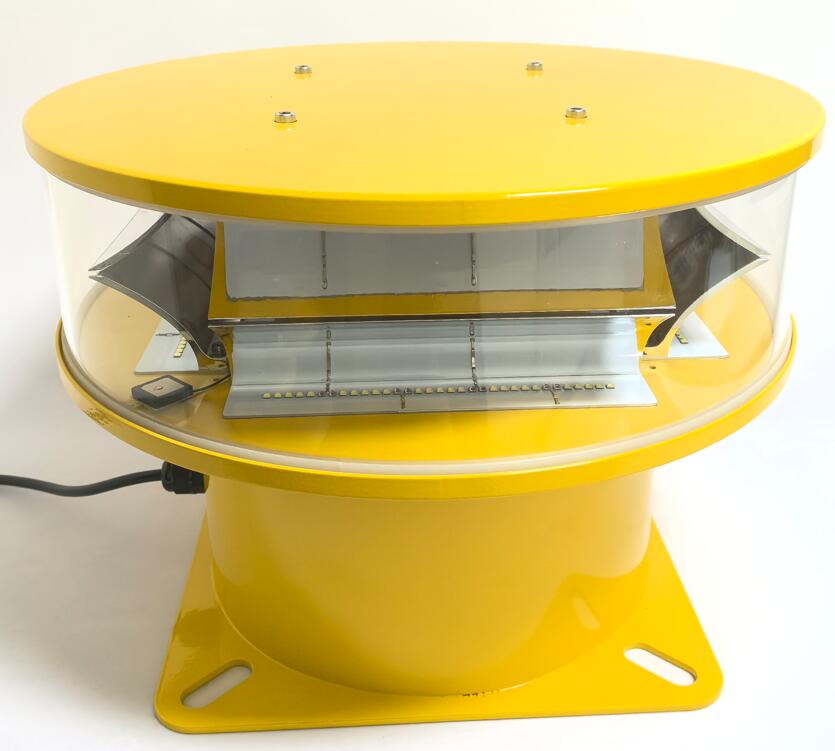
Beneath the moonlit wings of a descending airliner, a silent, rhythmic language flashes across the urban landscape. This is not the language of human communication, but that of aviation safety—a dialogue between steel and sky, enabled by obstruction lights. These unassuming beacons are the unsung heroes of aviation, the critical infrastructure that makes the dense, complex web of global air travel not just possible, but safe. They are the definitive markers that transform static, earth-bound hazards into dynamic, intelligible warnings, creating an invisible architecture of safety that guides every flight.
The fundamental purpose of obstruction lights in aviation is to delineate the "airscape" with the same clarity that road signs define a highway. Telecommunication towers, skyscrapers, wind farms, and even long-spanning bridges pose significant risks to aircraft, particularly during critical phases of flight like takeoff, approach, and landing, or in conditions of low visibility. Obstruction lighting systems create a visual hierarchy. Medium-intensity white lights mark structures during daylight and twilight, while high-intensity red lights, often in a flashing pattern, dominate the night. This standardized chromatic and rhythmic code allows a pilot’s brain to instantly process information: the color and flash signify the level of threat and the nature of the obstacle, enabling split-second navigational decisions. Without this universal language, the lower airspace would be a perilous jungle of unseen giants.

The technology behind these systems is a testament to relentless engineering innovation. The industry has decisively shifted from incandescent bulbs to Light Emitting Diodes (LEDs). This transition is not merely about energy efficiency; it is a monumental leap in reliability and performance. LED-based obstruction lights offer a vastly longer service life, reducing maintenance cycles and the risk of failure. They provide superior luminous intensity with lower power consumption, a crucial factor for remote sites. Furthermore, modern systems are increasingly "intelligent," integrated with monitoring and control systems that can self-diagnose faults, report status in real-time to air traffic control centers, and even adjust light output based on ambient visibility conditions. This smartification transforms a simple warning light into an active node in a broader aviation safety network.
|
obstruction lights aviation |